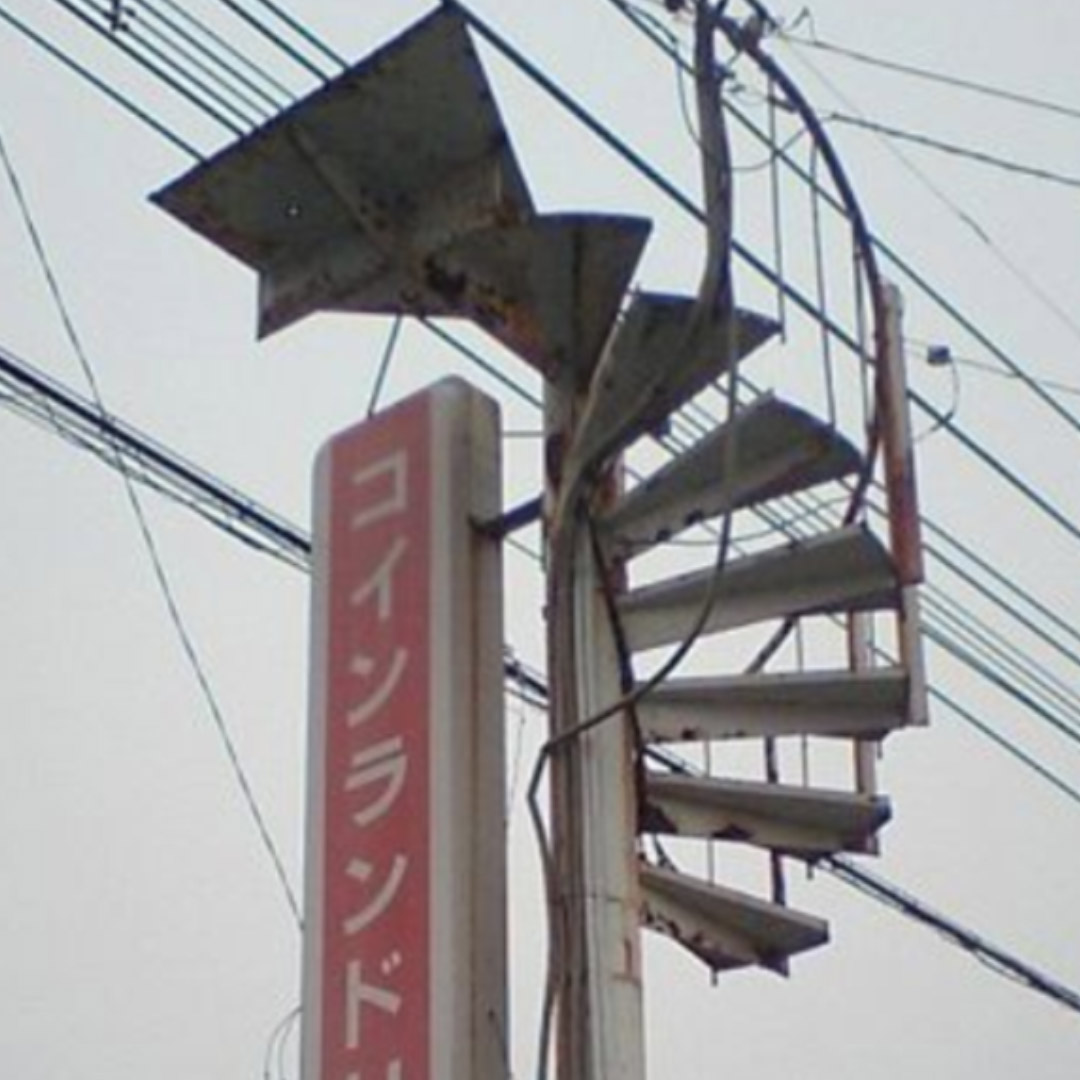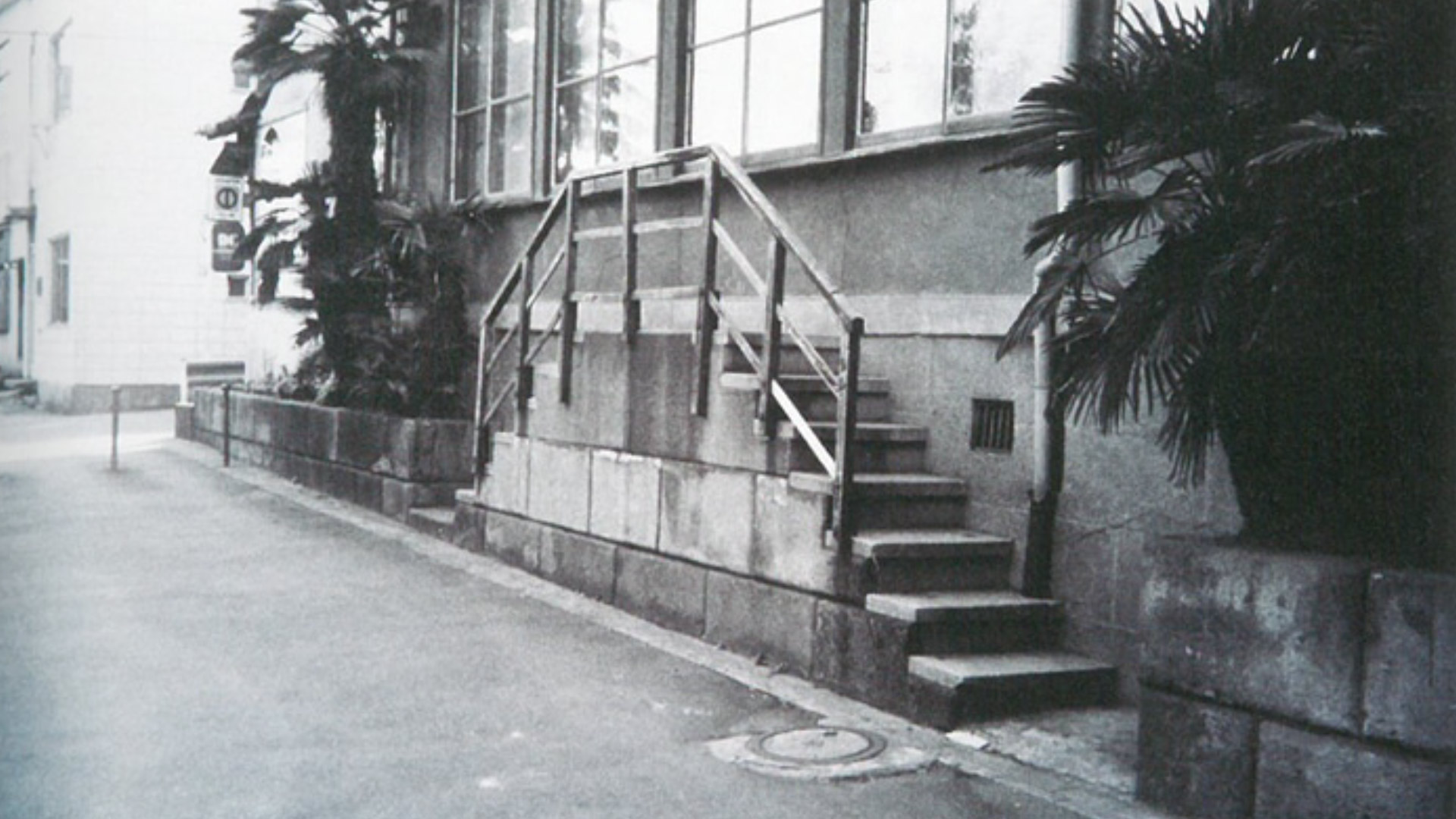Jenny Hasae
A short trip into the Japanese aesthetics
At the school where I studied graphic design in Tokyo, when I was making a clean, sharp design, my friends and schoolmates were telling me: « It’s not weired enough! It’s too normal, it’s boring. » And they were right. What I like from Japanese aesthetics is this special weirdness. It’s not easy, because it’s a posture, how to be in this world. Don’t accept conventions, don’t accept order, don’t accept rationalization. It’s a silent way to keep being sceptical in this world. It’s a kind of silent punkness. And openess to the diversity of the world. It’s vibrant, it’s emotional, it’s beautiful.
So today, I’m going to introduce you to this Japanese aesthetics of wiredness, which comes from the wabi-sabi aesthetics, the traditional Japanese aesthetics elaborated in the 16th century.
Sen no Rikyu and the tea ceremony
This wabi-sabi aesthetics was mainly elaborated by a master of tea, Sen no Rikyu (1552-1591), in the 16th Century. And then, from the tea ceremony, the wabi-sabi aesthetics was spread to every aspects of the Japanese culture, including art and design.

Imperfection as beauty
Wabi-sabi means « acceptance and contemplation of the imperfection » and « constant flux, impermanence ». Sen no Rikyu is famous to have elevated a everydaylife teacup with many imperfections at the stage of beauty.
Sen no Rikyu vs Marcel Duchamp
Some people say that Sen no Rikyu was the first avant-garde in the History of Art, much before Marcel Duchamp, who took a porcelein urinal (very basic everyday industrial item) and said: « This is art ».
Not to grow, but to reduce
Taian is one of the smallest teahouse in Japan, which was designed by Sen no Rikyu in 1582. The same year, Sen no Rikyu is appointed « master of tea » for the shogun Toyotomi Hideyoshi. When Rikyu is going up in his career, in the same time, he designs a tea house the smallest possible. And it’s also the period when Europe is expanding, growing and growing, conquering the world. It’s like a reverse reaction to it. It consists only on 2 tatami, one for the host, one for the guest. The host has just enough space to turn his body, make the tea, and give it to his gest. There is a big tension between the 2 people, during the tea ceremony. You need to go in throught a very smallsquare door (70 x 70 cm).
Less is more
There is a famous story about Sen no Rikyu. His garden was plenty of beautiful morning glories. One day, the shogun Toyotomi Hideyoshi wanted to visit Sen no Rikyu to contemplate those beautiful morning glories. Sen no Rikyu accepted, and prepared his place to receive the shogun. He cleaned his garden, and what he did: he cut all the morning glories, kept only one to put in the vase in the tea house, for the shogun’s contemplation. The message is clear: « Less is more ». Here, it’s also about reducing, not growing. The wealth is not in the quantity, in the expansion, in the exhibition.
The tea ceremony is not only about drinking tea, it’s holistic
Sen no Rikyu elaborated all the aesthetics around the tea: it’s not only about drinking tea, it’s about the taste of the tea, how to make it, how to drink it. Tea became a way of hospitality which includes the choice of the teacups, of the kettle, of the fire place, of the flowers, of the vase, of the kakejiku, of the tea room, of the way to get the tea room and the garden surrounding the tea room. It’s meditation, it’s space design, it’s environment design, it’s hospitality, it’s performance. Drinking tea is not only functional, pragmatical, it’s a holistic act, symbolic, where each element is related to the others, and talk in a silent way.

How to make tea in Japan or tea as art
For 3 persons we boil water with the kettle on the gaz stove. Then we put the boiled water in 3 tea cups, so we know exactly the volume of water we need and it helps the water to cool down until 70°C-80°C. Then we put 2 big spoons of tea leaves in the tea pot, add the cooled water. After 1 mn, we turn the teapot 3-5 times. Then we serve the tea, little by little to all the tea cups (to equalize the streength of the tea).
How to make tea in Holland or tea as a drink
For 1 people
We boil water in an electric boiler, then put the boiled water in a transparent glass, and then a tea bag.
Meadow culture: flat, clear, simple, visible, rational, logic, functional, productif, efficient, unique, absolute, simple. The human is on top of the nature. First « me » and the rest of the world = individualism.
Forest culture: complex, organic, obstacles, accidents, irregular, unvisible, hidden, ambiguous, multiple, relative, segmented, relics, residues, sedimentation. The human is just a humble part of the Nature. « Me » doesn’t exist alone, it exists in the relationship with an other.
Thomasson
In Japan, when you walk in the streets, sometimes you can find a bit wired buildings. An artist called Akasegawa Genpei called them « Thomasson buildings ». There are preserved architectural or urban relics which serve no purpose. When they are big anormal things (like a broken road, a fallen truck…), people will find out immediately and the rationalism of the modern urban organization will remove it. Order will quick recover. But small wired things, we don’t see them. We pass through. So they can stay where they are, silently, in the city. Nobody orders to remove them.


Yotsuya pure stairs, 1972, discovered by Akasegawa Genpei
The first one was discovered by a contemporary artist, Akasegawa Genpei, in 1972, in Yotsuya, Tokyo. It was a stair, you could go up, and down. It served nothing. Akasegawa named it the « Yotsuya pure stairs », and started, after 2 other similar dicoverys, to call it « art », or « hyper art ». He build up a « Street observation Laboratory », and since then, there are many fan of those relics, and they collect everywhere in Japan, and even in the world. They are known as « Thomasson », because of an unusefull baseball player at that time called Thomasson.


